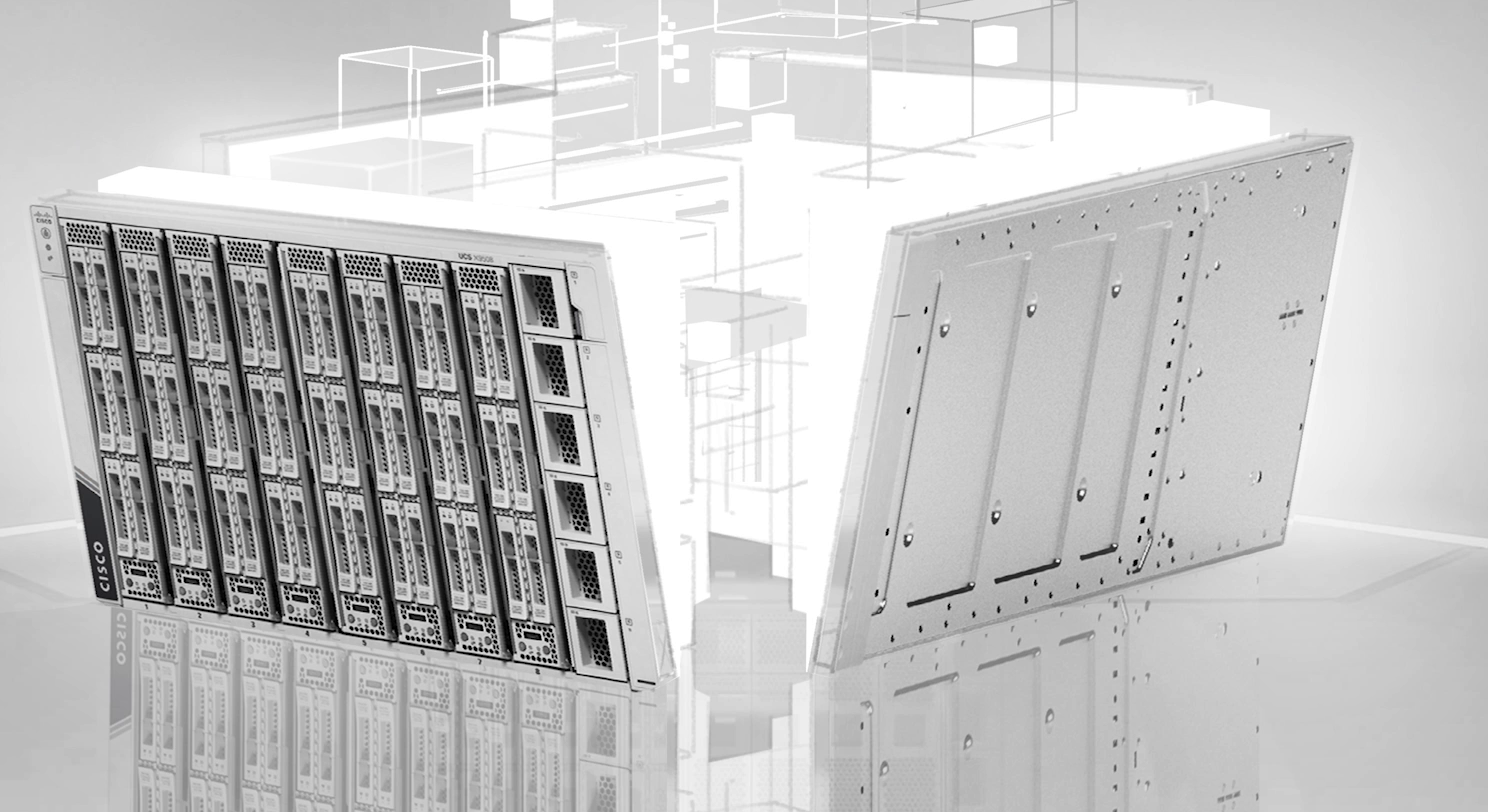- How to disable ACR on your TV (and stop companies from spying on you)
- I expected this cheap multitool to be a waste of money, but it's my new a toolbox essential
- Have The Last Word Against Ransomware with Immutable Backup
- Multi-channel Secure Communication
- Apple's bold idea for no-code apps built with Siri - hype or hope?
Maximize your Oracle database performance with Cisco UCS X-Series

Oracle is the leading choice for many enterprise database applications. This includes not only the Oracle E-Business Suite, but applications like SAP, Siebel CRM and JD Edwards EnterpriseOne among others. Its power and scalability make it attractive for implementing business-critical applications. Having a high performing server infrastructure is critical for processing data and a good user experience.
UCS servers are an ideal choice for your Oracle workloads, and we’ve published a number of CVDs and white papers to help you get the most out of our solutions. Today, we are going to focus on the advantages of UCS X-Series.
NVMe storage
IOPS, or input/output operations per second, is the standard unit of measurement for the maximum number of reads and writes for storage performance. Think of updating a database each night for all the transactions that occurred during the day. The faster the database can read and write the shorter the system update will be each night. Databases love IOPS. No storage medium gives you more IOPS than NVMe. A high-performance SATA SSD will provide ~550MBps read/write speed. PCIe Gen 4 NVMe drive can reach 7,300 MBps read and 5,200MBps write speeds. The other benefit of NVMe drives is their low and consistent latency. X-Series supports up to six 15.3TB NMVe drives providing over 90TB of raw storage. If you want detailed information on X-Series and NVMe performance, check out this white paper.
100G Unified Fabric
All the storage capabilities can go to waste if the server doesn’t have a fast network to move the data on and off the server. Database transactions tend to work one of two ways. Server to server where lots of data can be transferred. Or server to client to what the client sends is small, but the database can return a lot of data. Both need a high-performance network for optimal results. And don’t forget you need to backup all that data! That’s where the 15000 Series VICs, 100G Intelligent Fabric Module, and 6536 Fabric Interconnect come into play. The three combine to provide 100G end-to-end connectivity – server, chassis, switch. Two future blog posts will go more in-depth on network performance and the 1.6TB/s possible for a X9508 Chassis.
Why does this matter?
Oracle is one of the most popular workloads that runs on Cisco UCS and our Converged Infrastructure solutions such as FlexPod and FlashStack. Older versions of Oracle Database are going out of extend support. Now is the time to refresh your Oracle environment to 19c or 21c.
In the video below, Sr. Product Manager John McAbel shows the outstanding performance of UCS X-Series with Oracle using the Swingbench load generator / benchmark tool. Swingbench is an industry standard tool that lets customers compare various Oracle solutions for performance and make an informed decision if it will work for them. Don’t worry about coping the link to the white paper at the end of the video, I have it down below in the resources section.
Anyone considering running Oracle Database on local disks typically looks at performance and protection against disk failures. In our recently published white paper, we demonstrated data protection using Oracle ASM based mirroring and NVMe hot plug capability. Oracle ASM mirrors data so that database and Oracle transactions continues to run even when disk fails. The disk can be quickly replaced.
What’s next
Come back next week to read about how easy it is to achieve great performance out of the box.
Resources
Share:

